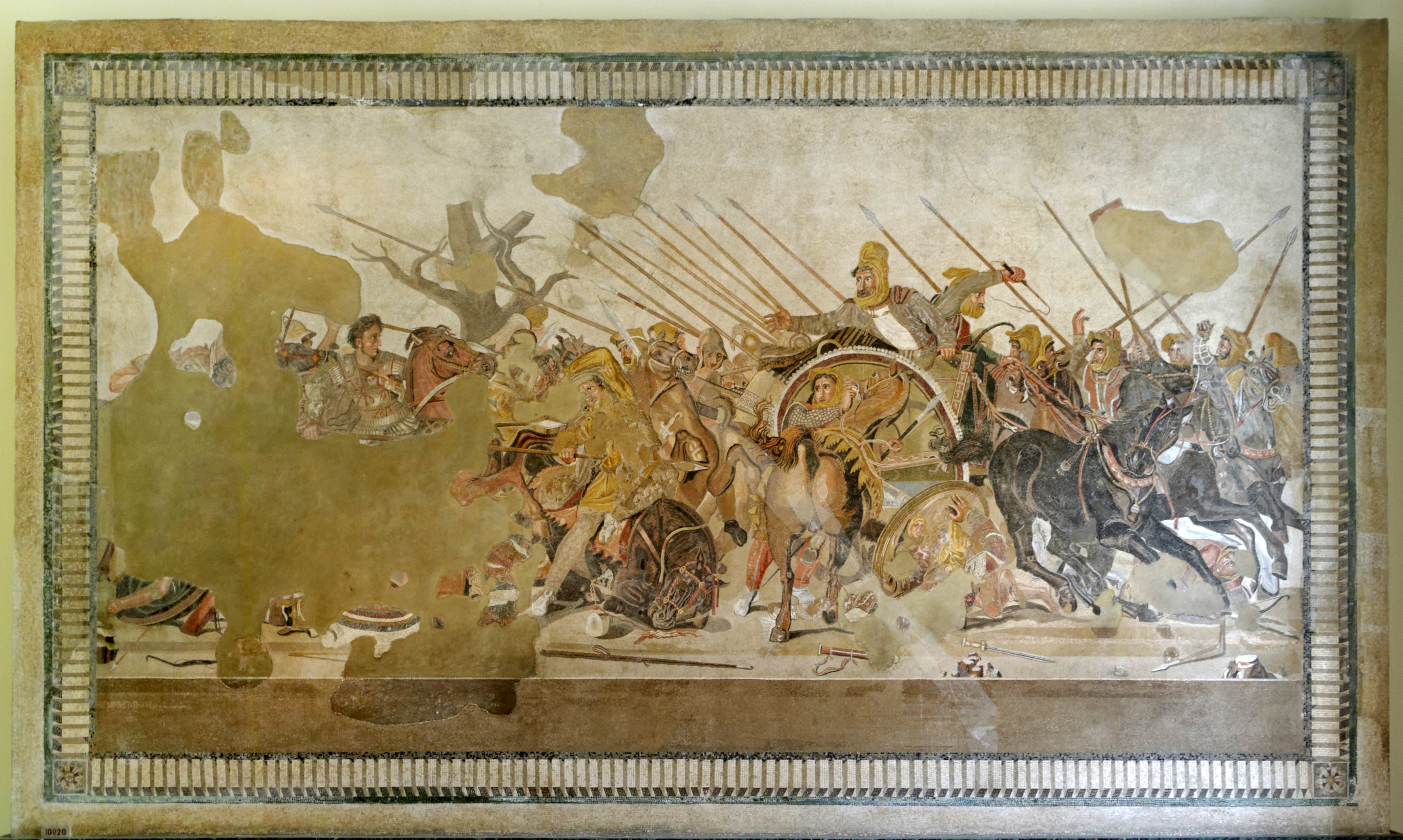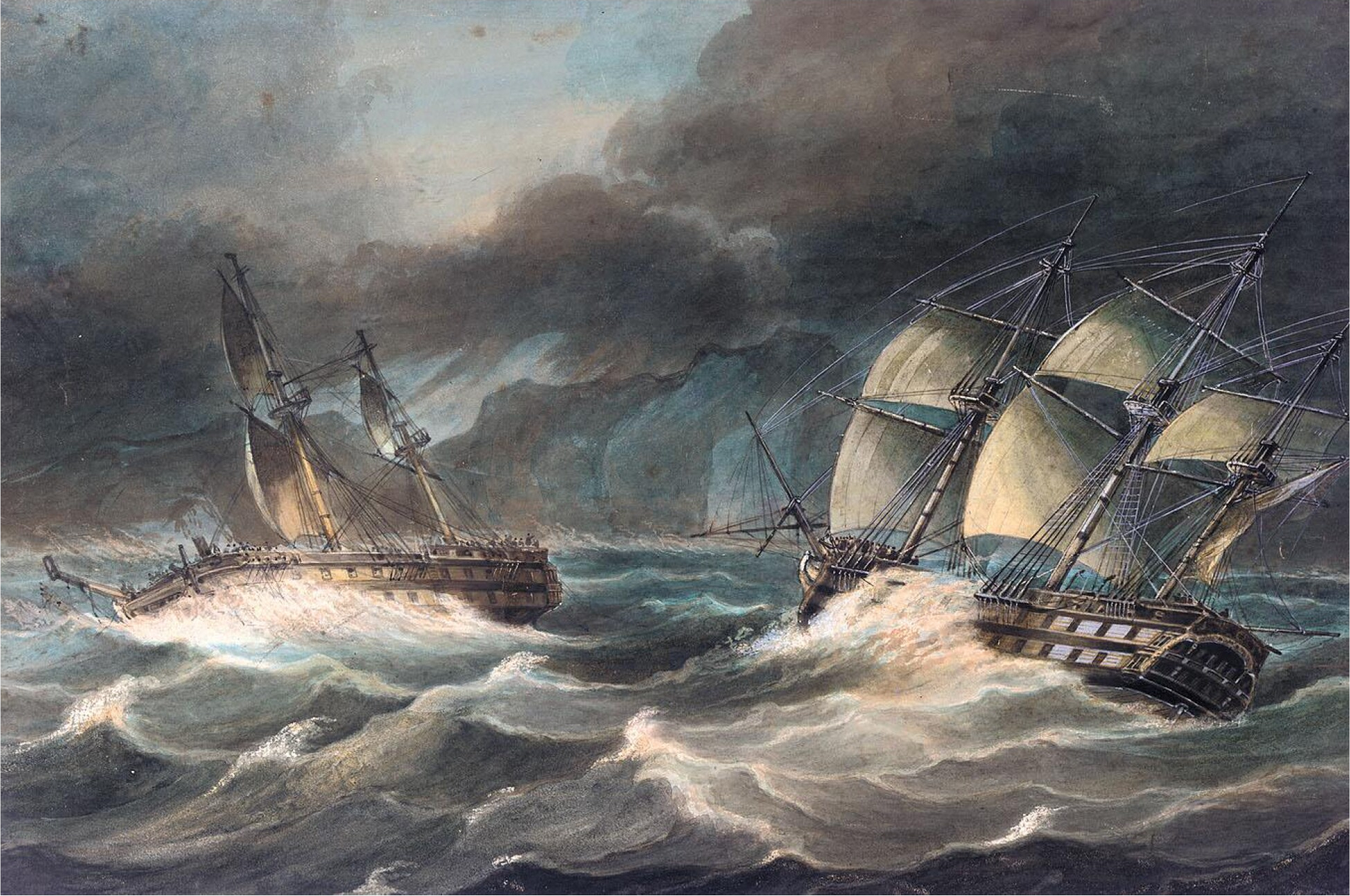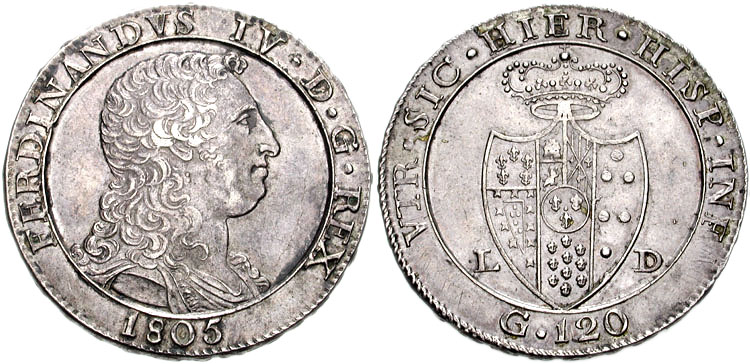|
Museo Di Capodimonte
Museo di Capodimonte is an art museum located in the Palace of Capodimonte, a grand Bourbon palazzo in Naples, Italy designed by Giovanni Antonio Medrano. The museum is the prime repository of Neapolitan painting and decorative art, with several important works from other Italian schools of painting, and some important ancient Roman sculptures. It is one of the list of largest art museums, largest museums in Italy. The museum was inaugurated in 1957. History The vast collection at the museum traces its origins back to 1738. During that year King Charles VII of Naples and Sicily (later Charles III of Spain) decided to build a hunting lodge on the Capodimonte hill, but then decided that he would instead build a grand palace, partly because his existing residence, the Palace of Portici, was too small to accommodate his court, and partly because he needed somewhere to house the fabulous Farnese Collection which he had inherited from his mother, Elisabetta Farnese, last de ... [...More Info...] [...Related Items...] OR: [Wikipedia] [Google] [Baidu] |
Palace Of Capodimonte
The Royal Palace of Capodimonte () is a large palazzo in Naples, Italy. It was formerly the summer residence and Jagdschloss, hunting lodge of the House of Bourbon, Bourbon kings of the Two Sicilies, one of the two royal palaces in Naples. Today, the main building holds the main Neapolitan museum for paintings, and much other post-ancient art, in the National Museum of Capodimonte. This has the best collection of paintings from the distinct tradition of Neapolitan art, and also many works from the Farnese Collection. The palace was constructed on its somewhat cooler hilltop location (''Capodimonte'' means "top of the hill") just outside the city, with urban Naples ultimately expanding around it. The large park (''Real Bosco'' or "royal woods") is under the same administration, and hosts events such as concerts. History In 1738, King Charles VII of Kingdom of Naples, Naples and Kingdom of Sicily, Sicily (later King Charles III of Spain) decided to build a hunting lodge on the Capo ... [...More Info...] [...Related Items...] OR: [Wikipedia] [Google] [Baidu] |
Farnese Collection
The Farnese Collection is one of the first collections of artistic items from Greco-Roman antiquity. It includes some of the most influential classical works, including the sculptures that were part of the Farnese Marbles, their collection of statuary, which includes world-famous works like the Farnese Hercules, Farnese Cup, Farnese Bull and the Farnese Atlas. These statues are now displayed in the National Archaeological Museum, Naples, National Archaeological Museum of Naples in Italy with some in the British Museum in London. History The items in the collection were acquired or requisitioned by Cardinal Alessandro Farnese, who became Pope Paul III (1534–1549). Classical artworks were routinely uncovered in Roman lands, and during the Italian Renaissance had become much desired. Many were family heirlooms of prominent families in Rome. Alessandro purchased the Sassi and Bernardino Fabio collections, confiscated the Colonna family, Colonna collection, and received the collect ... [...More Info...] [...Related Items...] OR: [Wikipedia] [Google] [Baidu] |
Domenico Morelli
Domenico Morelli (4 August 182313 August 1901) was an Italians, Italian painter, who mainly produced historical and religious works. Morelli was immensely influential in the arts of the second half of the 19th century, both as director of the Accademia di Belle Arti di Napoli, Accademia di Belle Arti in Naples, but also because of his rebelliousness against institutions: traits that flourished into the passionate, often patriotic, Romanticism, Romantic and later Symbolism (arts), Symbolist subjects of his canvases. Morelli was the teacher of Vincenzo Petrocelli, Ulisse Caputo, and Anselmo Gianfanti. Biography He was born to a poor family in Naples. His mother had hoped he would become a priest. His precocious talent was noted, and he was enrolled at the Royal Academy of Fine Arts in Naples in 1836–1846, where he befriended Francesco Saverio Altamura, Francesco Altamura. His early works contain imagery drawn from the Middle Ages, Medieval stories and Romantic poetry, Romantic po ... [...More Info...] [...Related Items...] OR: [Wikipedia] [Google] [Baidu] |
House Of Savoy
The House of Savoy (, ) is a royal house (formally a dynasty) of Franco-Italian origin that was established in 1003 in the historical region of Savoy, which was originally part of the Kingdom of Burgundy and now lies mostly within southeastern France. Through gradual expansions, the family grew in power, first ruling the County of Savoy, a small Alpine county northwest of Italy, and later gaining absolute rule of the Kingdom of Sicily. During the years 1713 to 1720, they were handed the Kingdom of Sardinia (1324–1720), Kingdom of Sardinia and would exercise direct rule from then onward as Piedmont–Sardinia, which was the legal predecessor state of the Kingdom of Italy, which in turn is the predecessor of the present-day History of the Italian Republic, Italian Republic. From rule of a region on the French–Italian border, by the time of the abolition of monarchy in Italy, the dynasty's realm grew to include nearly all of the Italian peninsula. Through its junior branch of Sa ... [...More Info...] [...Related Items...] OR: [Wikipedia] [Google] [Baidu] |
Naples National Archaeological Museum
The National Archaeological Museum of Naples (, ) is an important Italian archaeological museum. Its collection includes works from Greek, Roman and Renaissance times, and especially Roman artifacts from the nearby Pompeii, Stabiae and Herculaneum sites. From 1816 to 1861, it was known as the Royal Bourbon Museum (). Building The building was built as a cavalry barracks in 1585. From 1616 to 1777, it was the seat of the University of Naples. During the 19th century, after it became a museum, it suffered many changes to the main structure. Collections The museum hosts extensive collections of Greek and Roman antiquities. Their core is from the Farnese Collection, which includes a collection of engraved gems (including the Farnese Cup, a Ptolemaic bowl made of sardonyx agate and the most famous piece in the "Treasure of the Magnificent", and is founded upon gems collected by Cosimo de' Medici and Lorenzo il Magnifico in the 15th century) and the Farnese Marbles. Amo ... [...More Info...] [...Related Items...] OR: [Wikipedia] [Google] [Baidu] |
Kingdom Of Naples (Napoleonic)
The Kingdom of Naples (; ) was a French client state in southern Italy that existed from 1806 to 1815. It was founded after the Bourbon Ferdinand IV & III of Naples and Sicily sided with the Third Coalition against Napoleon, and was in return ousted from his kingdom by a French invasion. Joseph Bonaparte, elder brother of Napoleon, was installed in his stead: Joseph conferred the title "Prince of Naples" to be hereditary on his children and grandchildren. When Joseph became king of Spain in 1808, Napoleon appointed his brother-in-law Marshal Joachim Murat to take his place. Murat was later deposed by the Congress of Vienna in 1815 after striking at Austria in the Neapolitan War, in which he was decisively defeated at the Battle of Tolentino. Background King Ferdinand IV of Naples and his wife, Queen Maria Carolina of Austria, were fervent opponents of Revolutionary France and Napoleon Bonaparte, whom the queen called a "Corsican bastard, full of wickedness" in her corr ... [...More Info...] [...Related Items...] OR: [Wikipedia] [Google] [Baidu] |
Jean Étienne Championnet
Jean may refer to: People * Jean (female given name) * Jean (male given name) * Jean (surname) Fictional characters * Jean Grey, a Marvel Comics character * Jean Valjean, fictional character in novel ''Les Misérables'' and its adaptations * Jean Pierre Polnareff, a fictional character from ''JoJo's Bizarre Adventure'' * Jean Luc Picard, fictional character from ''Star Trek Next Generation'' Places * Jean, Nevada, United States; a town * Jean, Oregon, United States Entertainment * Jean (dog), a female collie in silent films * "Jean" (song) (1969), by Rod McKuen, also recorded by Oliver * ''Jean Seberg'' (musical), a 1983 musical by Marvin Hamlisch Other uses * JEAN (programming language) * USS ''Jean'' (ID-1308), American cargo ship c. 1918 * Sternwheeler Jean, a 1938 paddleboat of the Willamette River See also *Jehan * * Gene (other) * Jeanne (other) * Jehanne (other) * Jeans (other) * John (other) John is a common E ... [...More Info...] [...Related Items...] OR: [Wikipedia] [Google] [Baidu] |
HMS Vanguard (1787)
HMS ''Vanguard'' was a 74-gun third-rate ship of the line of the Royal Navy, launched on 6 March 1787 at Deptford.Lavery, ''Ships of the Line'' vol.1, p180. She was the sixth vessel to bear the name. In December 1797, Edward Berry, Captain Edward Berry was appointed flag captain, flying Rear Admiral Sir Horatio Nelson's flag. French Revolutionary Wars On 27 November 1793, the ships of a squadron under the command of Captain Thomas Pasley of captured French corvette Blonde (1781), ''Blonde''. At the time of her capture ''Blonde'' was armed with 28 guns and had a crew of 210 men under the command of Citizen Gueria. A subsequent prize money notice listed the vessels that shared in the proceeds as ''Bellerophon'', ''Vanguard'', , , and . In 1798 Nelson was detached into the Mediterranean by John Jervis, 1st Earl of St Vincent, Earl St. Vincent with , , , , and . They sailed from Gibraltar on 9 May and on 12 May were struck by a violent gale in the Gulf of Lion that carried away ... [...More Info...] [...Related Items...] OR: [Wikipedia] [Google] [Baidu] |
Horatio Nelson, 1st Viscount Nelson
Horatio Nelson, 1st Viscount Nelson, 1st Duke of Bronte ( – 21 October 1805) was a Royal Navy officer whose leadership, grasp of strategy and unconventional tactics brought about a number of decisive British naval victories during the French Revolutionary and Napoleonic Wars. He is widely regarded as one of the greatest naval commanders in history. Nelson was born into a moderately prosperous Norfolk family and joined the navy through the influence of his uncle, Maurice Suckling, a high-ranking naval officer. Nelson rose rapidly through the ranks and served with leading naval commanders of the period before obtaining his own command at the age of 20, in 1778. He developed a reputation for personal valour and a firm grasp of tactics, but suffered periods of illness and unemployment after the end of the American War of Independence. The outbreak of the French Revolutionary Wars allowed Nelson to return to service, where he was particularly active in the Mediterranean Sea. He f ... [...More Info...] [...Related Items...] OR: [Wikipedia] [Google] [Baidu] |
Palermo
Palermo ( ; ; , locally also or ) is a city in southern Italy, the capital (political), capital of both the autonomous area, autonomous region of Sicily and the Metropolitan City of Palermo, the city's surrounding metropolitan province. The city is noted for its history, culture, architecture and gastronomy, playing an important role throughout much of its existence; it is over 2,700 years old. Palermo is in the northwest of the island of Sicily, by the Gulf of Palermo in the Tyrrhenian Sea. The city was founded in Isla Palermo 734 BC by the Phoenicians as ("flower"). Palermo then became a possession of Ancient Carthage, Carthage. Two ancient Greeks, Greek ancient Greek colonization, colonies were established, known collectively as ; the Carthaginians used this name on their coins after the 5th centuryBC. As , the town became part of the Roman Republic and Roman Empire, Empire for over a thousand years. From 831 to 1072 the city was under History of Islam in south ... [...More Info...] [...Related Items...] OR: [Wikipedia] [Google] [Baidu] |
Ferdinand I Of The Two Sicilies
Ferdinand I (Italian language, Italian: ''Ferdinando I''; 12 January 1751 – 4 January 1825) was Kingdom of the Two Sicilies, King of the Two Sicilies from 1816 until his death. Before that he had been, since 1759, King of Naples as Ferdinand IV and King of Sicily as Ferdinand III. He was deposed twice from the throne of Naples: once by the revolutionary Parthenopean Republic for six months in 1799, and again by a Invasion of Naples (1806), French invasion in 1806, before being restored in 1815 at the end of the Napoleonic Wars. Ferdinand was born in Naples as the third son of Charles III of Spain, King Charles VII and Maria Amalia of Saxony, Queen Maria Amalia. In August 1759, Charles succeeded his half-brother Ferdinand VI of Spain as King Charles III, but treaty provisions made him ineligible to hold all three crowns. On 6 October, he abdicated his Neapolitan and Sicilian titles in favour of his third son, Ferdinand, because his eldest son Infante Philip, Duke of Calabria, Ph ... [...More Info...] [...Related Items...] OR: [Wikipedia] [Google] [Baidu] |
Parthenopaean Republic
The Parthenopean Republic (, ) or Neapolitan Republic () was a short-lived, semi-autonomous republic located within the Kingdom of Naples and supported by the French First Republic. The republic emerged during the French Revolutionary Wars after King Ferdinand IV fled before advancing French troops. The republic existed from 21 January to 13 June 1799, collapsing when Ferdinand returned to restore monarchial authority and forcibly subdued republican activities. Etymology The Parthenopean Republic is named after Parthenope, an ancient Greek settlement now part of the city of Naples. Origins of the Republic On the outbreak of the French Revolution King Ferdinand IV of Naples and Queen Maria Carolina did not at first actively oppose reform; but after the fall of the French monarchy they became violently opposed to it, and in 1793, joined the first coalition against France, instituting severe persecutions against all who were remotely suspected of French sympathies. Republica ... [...More Info...] [...Related Items...] OR: [Wikipedia] [Google] [Baidu] |








